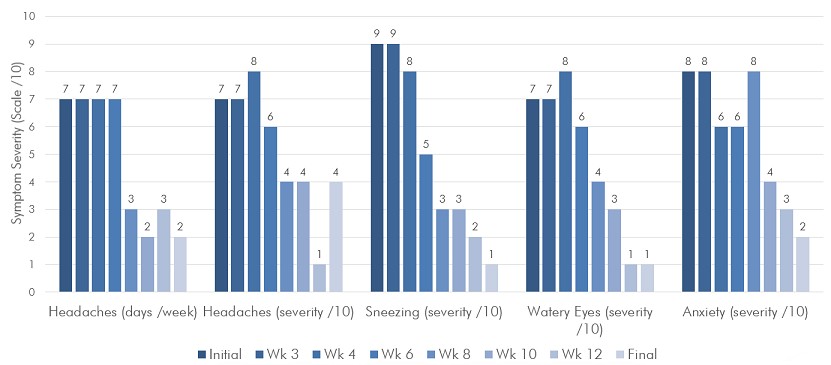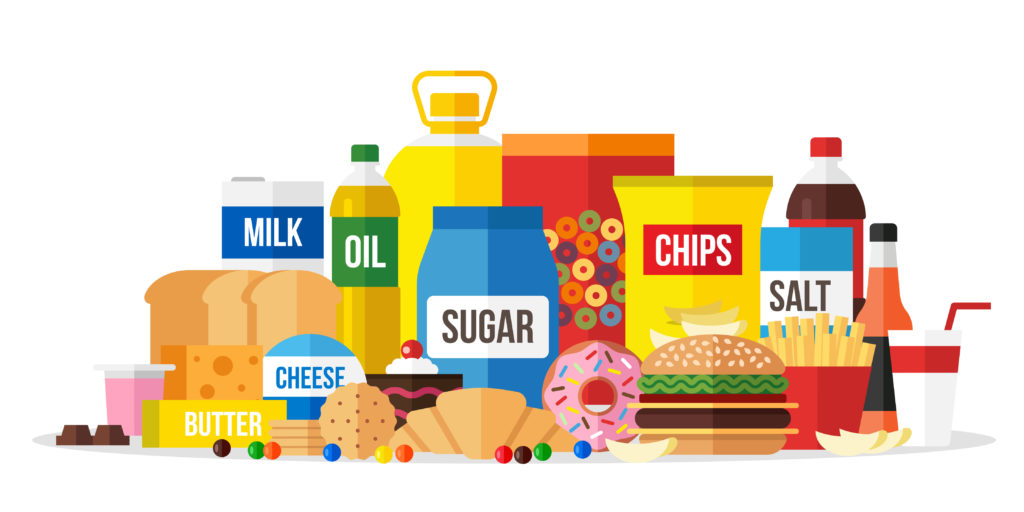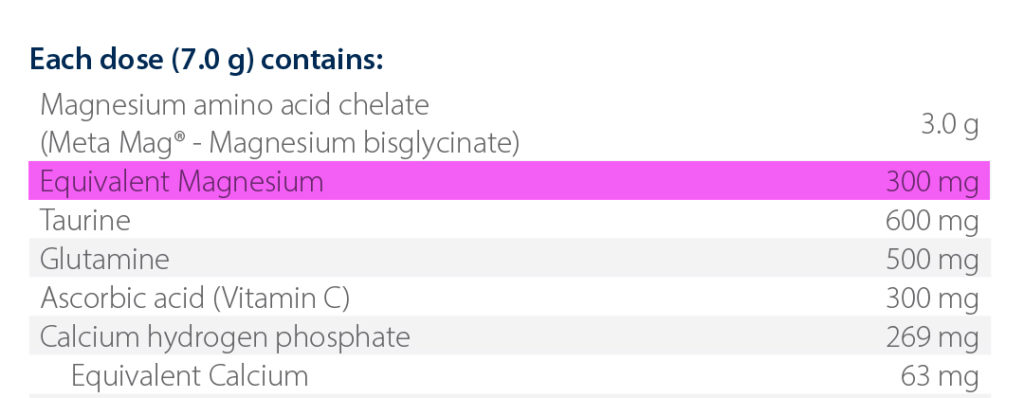Your Body On Stress
Whether you are faced with a hungry lion or a tight deadline, the stress response is exactly the same. As soon as a ‘stressor’ (threat) is identified, the body launches this natural, beneficial response that evolved to keep us safe. First, it quickly releases stress hormones, including adrenaline and cortisol, to prepare you for ‘fight or flight.’ As a result, you may breathe faster to take in more oxygen; your brain becomes very alert and focused, ready to make quick and potentially life-saving decisions; and your heart pumps more blood to your muscles to prepare to run from the stressor or to stay and battle it out.
Once the stressor has passed or you have adapted to it, the body dials down the stress hormones to return to a normal state. However, what if you feel stressed all the time?
When stress exceeds the level you are able to withstand or adapt to, or becomes long-term and chronic, your health can start to suffer.

Stress Gone Too Far
Though free from lions, modern life, with its seemingly endless number of commitments and responsibilities, leaves many feeling worn out, worried, or depressed. When the body consistently prioritises the ‘fight or flight’ response, less energy and resources are available to ‘rest and digest’. As a result, a few days of stress can affect your sleep, ruin your appetite or make you ‘comfort eat’, or give you a sore stomach or loose bowel motions.
After several weeks to months of chronic stress, you can experience exhaustion and mood changes (such as feeling irritable, snappy, anxious or withdrawn), and you may be more likely to come down with an infection. Stress manifests itself differently, depending on the person and the circumstances. Some individuals feel ‘wired and tired’ when exhaustion comes with worries and anxiety. Others may experience burn out and feel ‘flat and fatigued’, totally lacking in drive or energy while also feeling depressed. Getting to know how stress affects you is one of the first steps in creating a stress management plan that works for your needs.
It is important to note that long-term stress over months and years can impact your whole body, and may even increase the risk of serious diseases, including cardiovascular disease and Alzheimer’s disease. As such, learning to effectively manage your stress can not only improve how you feel right now, but greatly benefit your health in the long-term.

Plant-Based Zen: Herbal Help for Stress
You have likely heard about the benefits of mindfulness meditation, exercise, and other stress-relieving lifestyle strategies. However, if you are feeling anxious, it can be hard to get your mind to focus long enough to meditate, and if exhausted, you may struggle to get out of bed, let alone go for a run.
So, how can you escape the cycle of stress and exhaustion long enough to build stress-relieving habits? Enter herbal adaptogens. A class of herbs known to support physical and mental performance under stress, adaptogens can help relieve fatigue and get you feeling calmer.
Here are some adaptogenic herbs you may wish to explore:
- Rehmannia: A soothing herb which increases energy while also reducing your stress hormone levels.
- Korean ginseng: This stimulating herb packs a punch. If you are feeling flat and fatigued, it can give you the energy you need to get going.
- Withania: Shown to reduce the stress hormone, cortisol; this herb helps increase energy while also reducing feelings of stress.
Take a Holistic Approach
If you are staring at the list of herbs above and wondering which is best for you, don’t worry. Matching the right remedy to a particular person, even when that person is you, is a skill. In fact, Naturopaths, herbalists and other natural healthcare Practitioners spend many years perfecting the art, seeking first to understand how stress is impacting you as an individual. As part of a holistic assessment, a Practitioner will ask about your symptoms and health history and may utilise testing tools, such as the Depression Anxiety Stress Scales (DASS) questionnaire, or stress hormone testing. Using this information, they can tailor a plan for you which may incorporate herbal remedies, nutritional strategies, and diet and lifestyle changes. For the best and most effective management plan for your particular needs, consult a Natural Healthcare Practitioner.
Relaxation is Just Around the Corner
Managing stress is no easy feat, but with the right stress management plan, you can feel lighter, brighter, more energised and inspired to live your life in a way that brings you joy, balance and greater resilience against stress.














